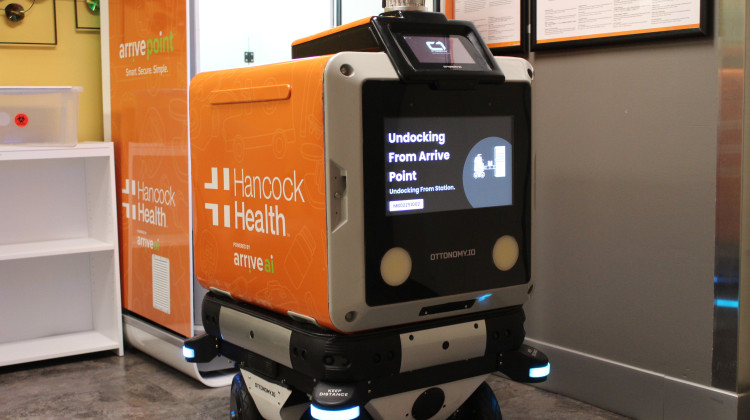New SAVI research from the Polis Center at IUPUI digs into why black residents in Marion County are disproportionately impacted by COVID-19. The reasons are rooted in systemic racism, historic inequities and social factors.
The rates of COVID-19 infections in Indianapolis’ black communities are nearly twice that of whites. The SAVI data focuses on three factors that play into this disparity.
First, black residents may be exposed to the virus more. They are more likely to be frontline workers, less likely to be able to work from home, and may live in more densely populated neighborhoods.
Second, black residents are likely to have a more serious case of COVID-19 because of health inequities. These include underlying health conditions, a lack of healthy food access and health care access.
Finally, the report explores the economic factors that play into poor outcomes. Black residents are more likely to be unemployed, have lower incomes and face housing insecurity.
The analysis is part of the Polis Centers ongoing research into COVID-19, risks and disparities.
May 26, 2020
Researchers Explore Causes Behind COVID-19 Disparities In Marion County
Support independent journalism today. You rely on WFYI to stay informed, and we depend on you to make our work possible. Donate to power our nonprofit reporting today. Give now.
Related News
Health / November 6, 2025
Indy is giving 100 moms $20k each to support their birth journeys
Monthly stipends will go to families living in areas with the most infant deaths.
Read MoreHealth / October 28, 2025
Hancock Regional Hospital has a new delivery robot. Can it help reduce staff workloads?
Delivery robots, similar to ones you might have seen taking food around town, are making their way into hospitals. Instead of burritos, these robots can help transfer medicine, IV bags and patient samples.
Read MoreHealth / October 22, 2025
Clinton County EMS says it's first in nation to use device helping patients talk while hooked up to breathing machines
Emergency Medical Services in Clinton County says they are the first EMS agency in the nation to use a new technology — a voice amplifier that helps patients communicate while hooked up to a breathing machine.
Read More DONATE
DONATE







 Support WFYI. We can't do it without you.
Support WFYI. We can't do it without you.